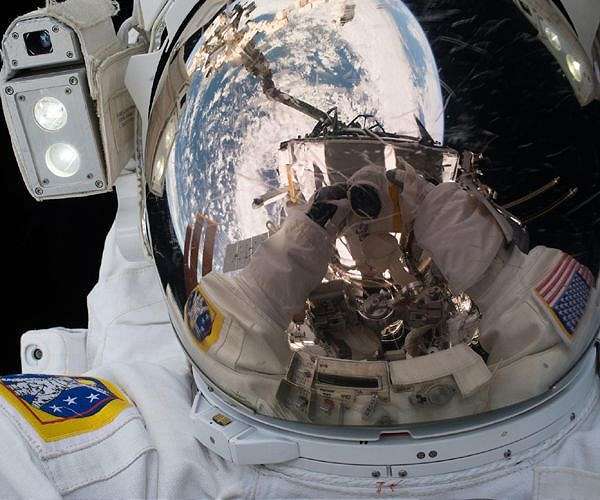25.03.2024

In an era where NASA is extending human presence into low Earth orbit, the lunar surface, and Mars, the NASA Engineering and Safety Center (NESC) is at the forefront of addressing the complexities involved in human spaceflight safety. The NESC, a vital part of NASA's Environmental Control and Life Support Systems (ECLSS), Crew Systems, and Extravehicular Activity (EVA) discipline, led by NASA Technical Fellow for ECLS Dr. Morgan Abney and deputies Dave Williams, Danielle Morris, and Colin Campbell, has made significant strides in ensuring astronaut safety through rigorous assessments and innovative solutions in 2023.
One critical area of focus has been on mitigating water hazards in astronaut helmets during EVAs. The discovery of water accumulation in helmets, posing a significant risk to astronauts, prompted the NESC to engage in comprehensive research and development efforts. By simulating two-phase flow behaviors in microgravity and testing mitigation hardware, the team successfully devised strategies to prevent liquid water formation in helmets, incorporating absorbent materials and enhancing helmet designs for safer spacewalks.
Another significant achievement is the evaluation of terrestrial portable fire extinguishers (PFEs) for use in microgravity environments. Given the inherent risks of fire in spacecraft, as highlighted by the tragic Apollo 1 fire, NASA's focus has shifted towards exploring commercial off-the-shelf PFEs that may offer superior fire suppression capabilities. Through analytical modeling and custom-designed testing stands, the NESC identified the potential challenges and benefits of utilizing these PFEs in space, marking a crucial step in enhancing fire safety aboard spacecraft.
Moreover, the NESC has undertaken the development of standardized test methods in collaboration with ASTM International Committee F47 on Commercial Spaceflight, aimed at evaluating spacesuit gloves and materials for thermal performance and resistance to lunar regolith abrasion and cuts. This initiative is particularly relevant for Artemis missions, where astronauts will encounter extreme conditions on the lunar south pole. By standardizing abrasion, cut, and thermal testing, the NESC is ensuring that future spacesuit designs meet the rigorous demands of lunar exploration.
Through these endeavors, the NESC continues to play an indispensable role in advancing human spaceflight safety, demonstrating NASA's commitment to safeguarding astronauts as they venture into the final frontier.
Quelle: SD

